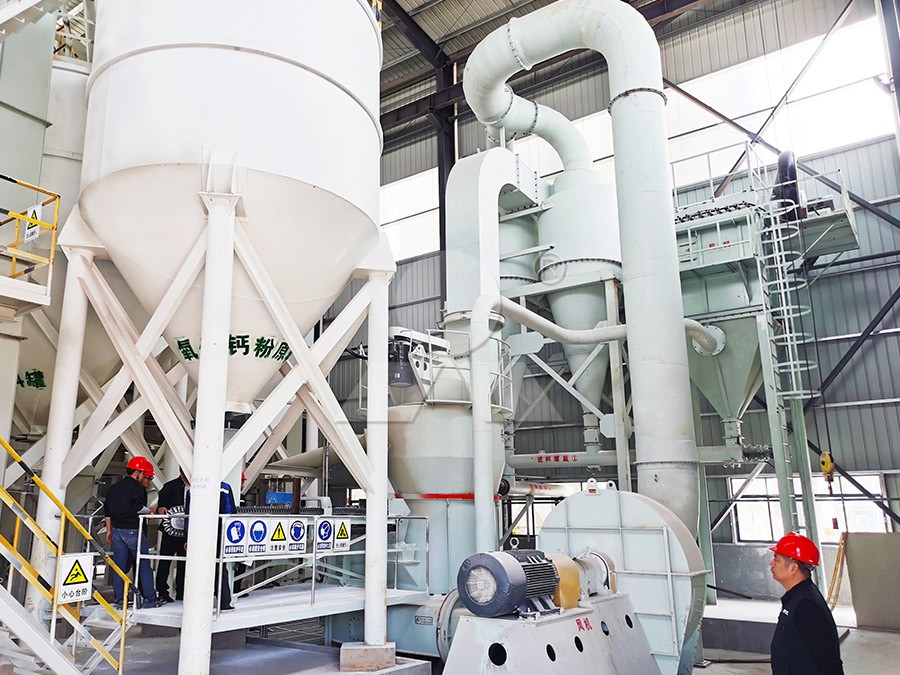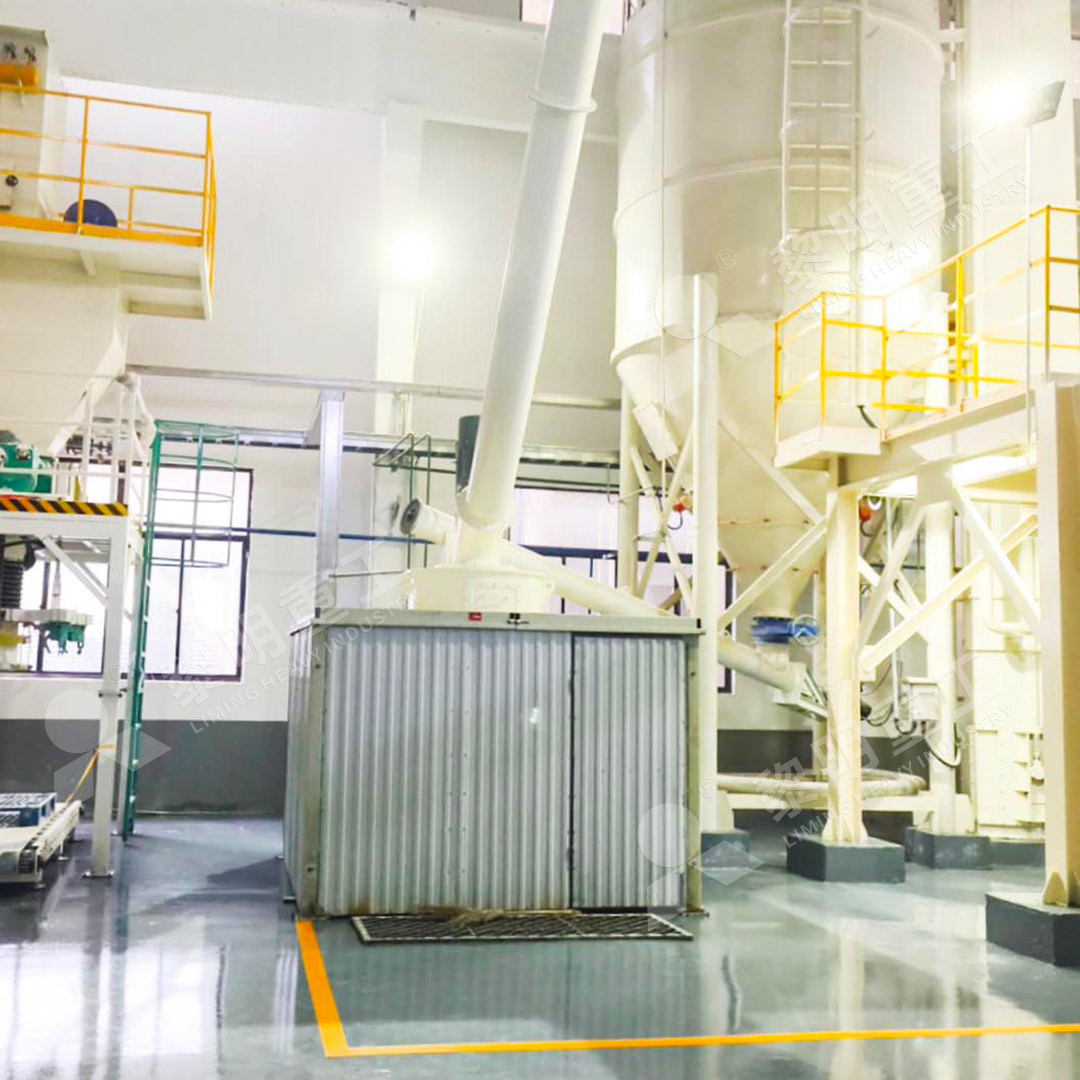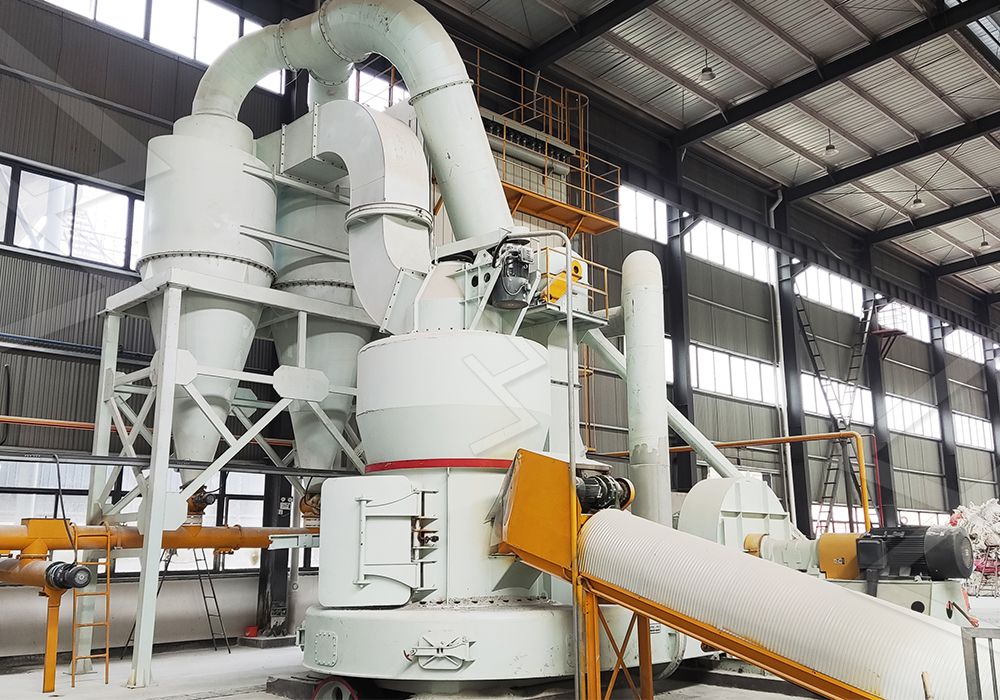Raymond Mill for Limestone 300 Mesh: Cost Analysis for 3TPH Lightweight Brick Production
Raymond Mill for Limestone 300 Mesh: Cost Analysis for 3TPH Lightweight Brick Production
In the lightweight brick manufacturing sector, achieving consistent 300-mesh limestone powder represents both a technical challenge and a significant cost factor. For production facilities targeting 3 tons per hour output, selecting the appropriate grinding equipment becomes paramount to operational efficiency and profitability.

The Critical Role of 300-Mesh Limestone in Brick Production
Modern lightweight brick formulations demand precisely ground limestone at 300 mesh (approximately 50 microns) to ensure proper binding characteristics and structural integrity. At this fineness, the calcium carbonate particles activate optimally with other raw materials, creating the microporous structure that gives lightweight bricks their characteristic density reduction while maintaining compressive strength.
For a 3TPH production line, the grinding system must deliver consistent particle size distribution while managing operational costs. Traditional ball mills, while capable of achieving the required fineness, often prove inefficient for this specific application due to higher energy consumption per ton and greater wear part replacement frequency.
Technical Considerations for 300-Mesh Grinding
The transition from coarse limestone to 300-mesh powder involves multiple processing stages. Raw limestone typically enters the system at 0-25mm, requiring preliminary crushing before fine grinding. The grinding mechanism itself must balance several factors: grinding pressure, material residence time, air classification efficiency, and thermal management.
For operations prioritizing both precision and economy, our MW Ultrafine Grinding Mill presents an optimal solution. With an input size capability of 0-20mm and capacity range of 0.5-25TPH, this system comfortably accommodates the 3TPH requirement while offering operational flexibility. The MW series achieves fineness between 325-2500 meshes through German cage-type powder selector technology, ensuring precise control over the 300-mesh target specification.

Comprehensive Cost Analysis
A thorough cost assessment for 3TPH limestone grinding must consider both capital expenditure and ongoing operational expenses. The initial equipment investment typically represents 35-45% of the total five-year cost, with power consumption accounting for 30-40%, maintenance 15-20%, and labor approximately 10%.
The MW Ultrafine Grinding Mill demonstrates particular advantages in operational economics. Comparative studies indicate energy consumption reductions of 30-40% versus traditional jet mills and approximately 50% compared to ball mill systems. The absence of rolling bearings and screws within the grinding chamber eliminates common failure points, reducing maintenance downtime by an estimated 25% annually.
For operations requiring even greater efficiency in vertical configuration, the LUM Ultrafine Vertical Grinding Mill offers complementary benefits. With input size of 0-10mm and capacity of 5-18TPH, this system incorporates Taiwanese grinding roller technology and German powder separating technology. Its reversible structure facilitates maintenance operations, while multi-head powder separating technology enables precise fineness control with 30-50% energy reduction compared to conventional mills.
Environmental and Operational Synergies
Modern grinding operations must address environmental considerations alongside economic factors. Both the MW and LUM systems incorporate efficient pulse dust collection and noise reduction technologies, maintaining workplace air quality below regulatory thresholds while operating at approximately 75dB—a significant improvement over traditional milling equipment.
The integrated design of these grinding systems minimizes floor space requirements while maximizing automation. Digital control systems enable precise adjustment of grinding parameters, allowing operators to maintain optimal 300-mesh output despite variations in raw material characteristics.

Long-Term Operational Strategy
Successful 3TPH limestone grinding operations extend beyond equipment selection to encompass comprehensive operational planning. Regular maintenance scheduling, strategic spare parts inventory management, and operator training all contribute to sustained performance. The availability of genuine spare parts and technical support ensures continuous operation, with both MW and LUM systems designed for 24-hour production capabilities.
The grinding system represents the heart of the raw material preparation process for lightweight brick manufacturing. Selecting equipment that balances precision grinding capability with operational economy establishes a foundation for product quality and business profitability.
Frequently Asked Questions
What is the typical energy consumption for grinding limestone to 300 mesh at 3TPH?
For the MW Ultrafine Grinding Mill processing 3TPH of limestone to 300 mesh, power consumption typically ranges between 45-55 kWh per ton, representing approximately 30-40% savings compared to conventional grinding systems.
How does the MW Ultrafine Grinding Mill maintain consistent 300-mesh output?
The system employs German cage-type powder selector technology that enables precise particle size control. The multi-head selector configuration allows adjustment of fineness between 325-2500 meshes while maintaining d97≤5μm screening rate consistency.
What maintenance requirements should be anticipated for continuous 3TPH operation?
The MW series design eliminates rolling bearings and screws within the grinding chamber, significantly reducing maintenance needs. Typical scheduled maintenance involves grinding ring and roller inspection every 800-1,000 operating hours, with comprehensive servicing recommended annually.
Can the same grinding system process materials other than limestone?
Yes, both MW and LUM grinding mills accommodate various non-metallic minerals including calcite, dolomite, barite, and talc. The adjustable fineness control makes these systems suitable for multiple industrial applications beyond brick manufacturing.
What environmental considerations are addressed in these grinding systems?
Both systems incorporate efficient pulse dust collectors that eliminate dust pollution during operation. Additional noise reduction technologies including silencers and elimination rooms maintain operational noise below 75dB, complying with international environmental standards.
